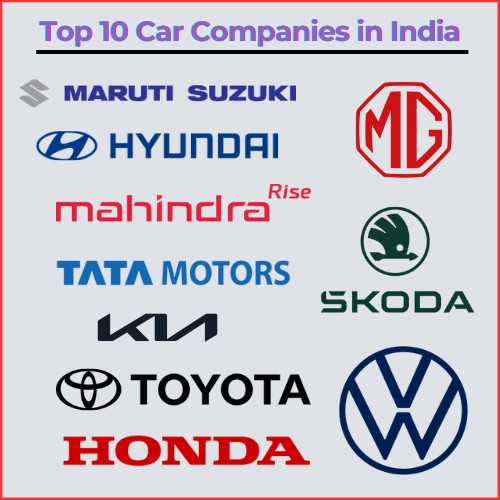The data released shows all categories in the Indian automobile industry – two-wheelers, three-wheelers, passenger vehicles, tractors, and commercial vehicles – registering a growth last month when compared to the Covid-19-hit month of June of 2021. Sales of passenger vehicles last month were up 40 percent vis-a-vis June of 2021.
Vehicle retail data released by the federation of automotive dealers – commonly referred to as FADA – reveals a strong YoY growth across all segments. Compared to last year, total retail sales for June has been higher by 27 percent.
According to the dealers’ lobby body report, total vehicle registrations at regional transport offices (RTOs), which are proxy for sales, stood at 15,50,855 in June this year, up from 12,19,657 units in June last year, thereby marking a growth of 27%.
Two-wheeler sales clocked a growth rate of 20 percent as against June last year, but the real YoY growth showed up in the demand for three-wheelers, which more-than-trebled in June. CV sales also grew up 89 percent YoY in June, capturing the revival in economic activity, after a blip in February sales because of the Omicron outbreak.
FADA however fears that sustainably high fuel prices could impact the disposable income of potential buyers, thus resulting in lower demand in the entry-level PV and two-wheeler segments.
About the near-term outlook, FADA said that the Russia – Ukraine crisis has increased inflationary pressure the world over. The RBI Governor during the recent Monetary Policy meeting has also flagged high inflation as a major cause of concern. In the past few months, prices of almost all essential items have moved northwards, thereby putting pressure on the common man’s household budget and thus reducing his disposable income.
Additionally, the high fuel prices have had a spillover effect on transportation and made it expensive. This will have a negative effect on entry-level PV as well as the 2W segment which are generally dominated by first-time buyers. On the other hand, ease in availability of semiconductors will see increased supply, especially in the PV segment and thus waiting periods.














